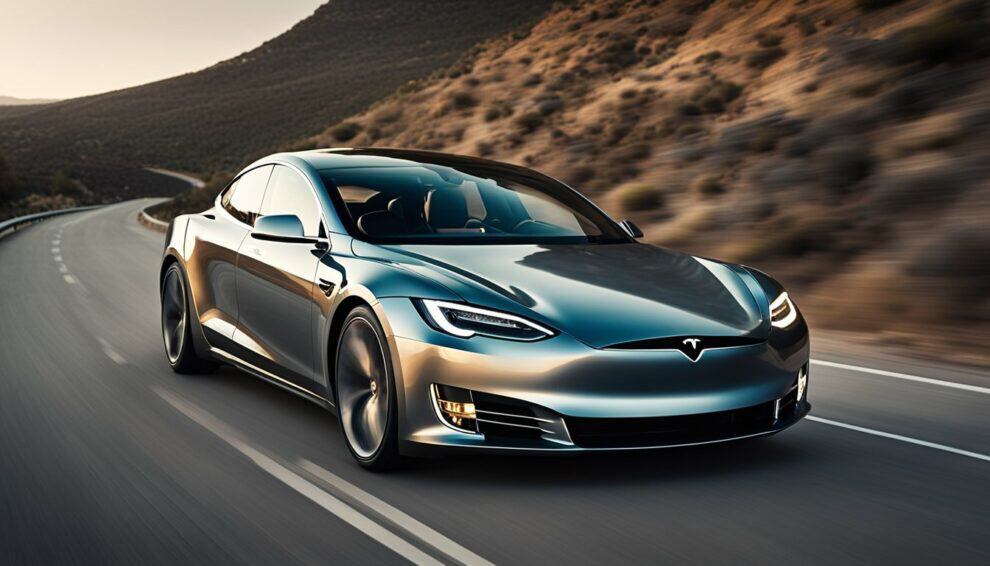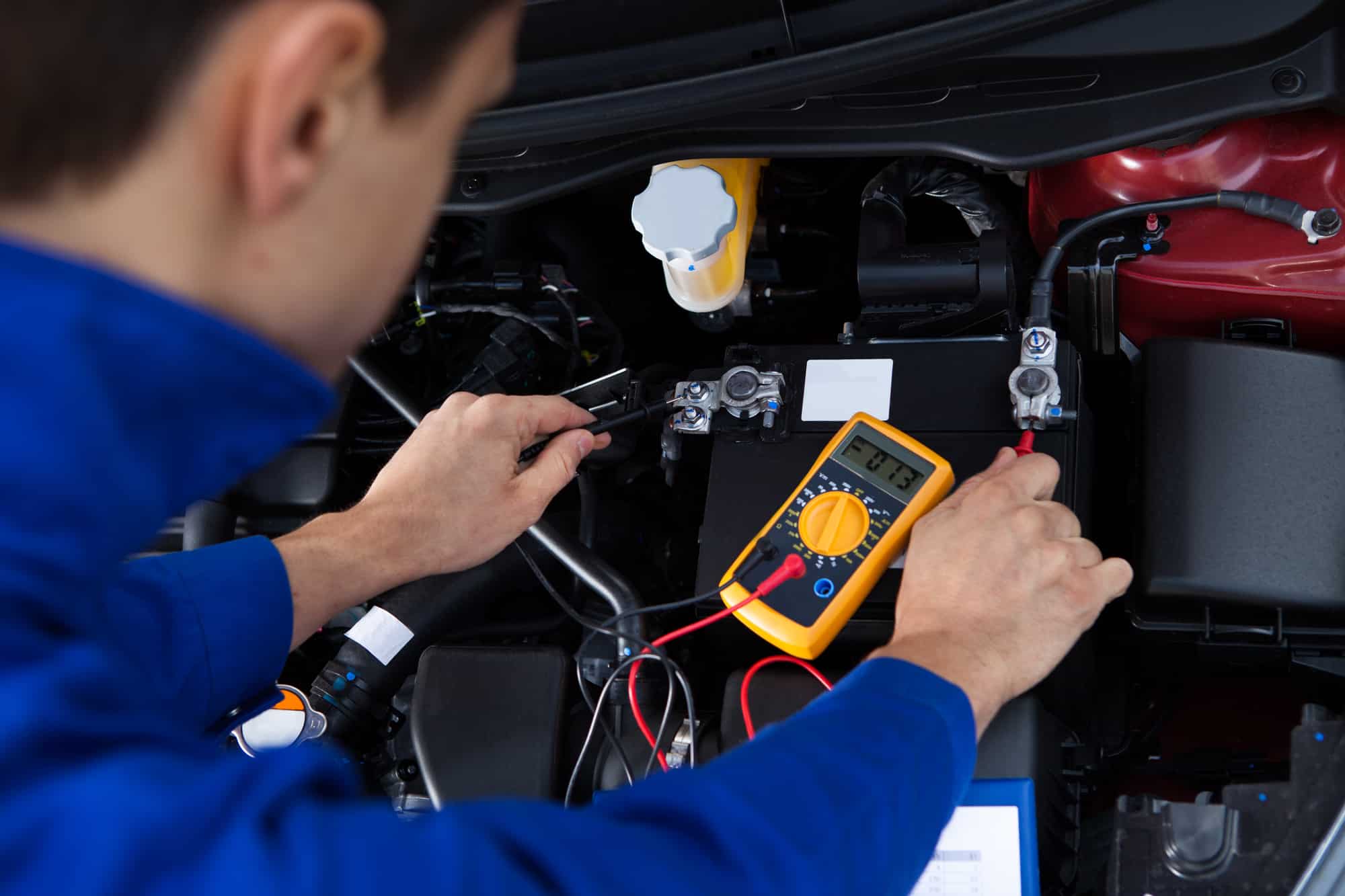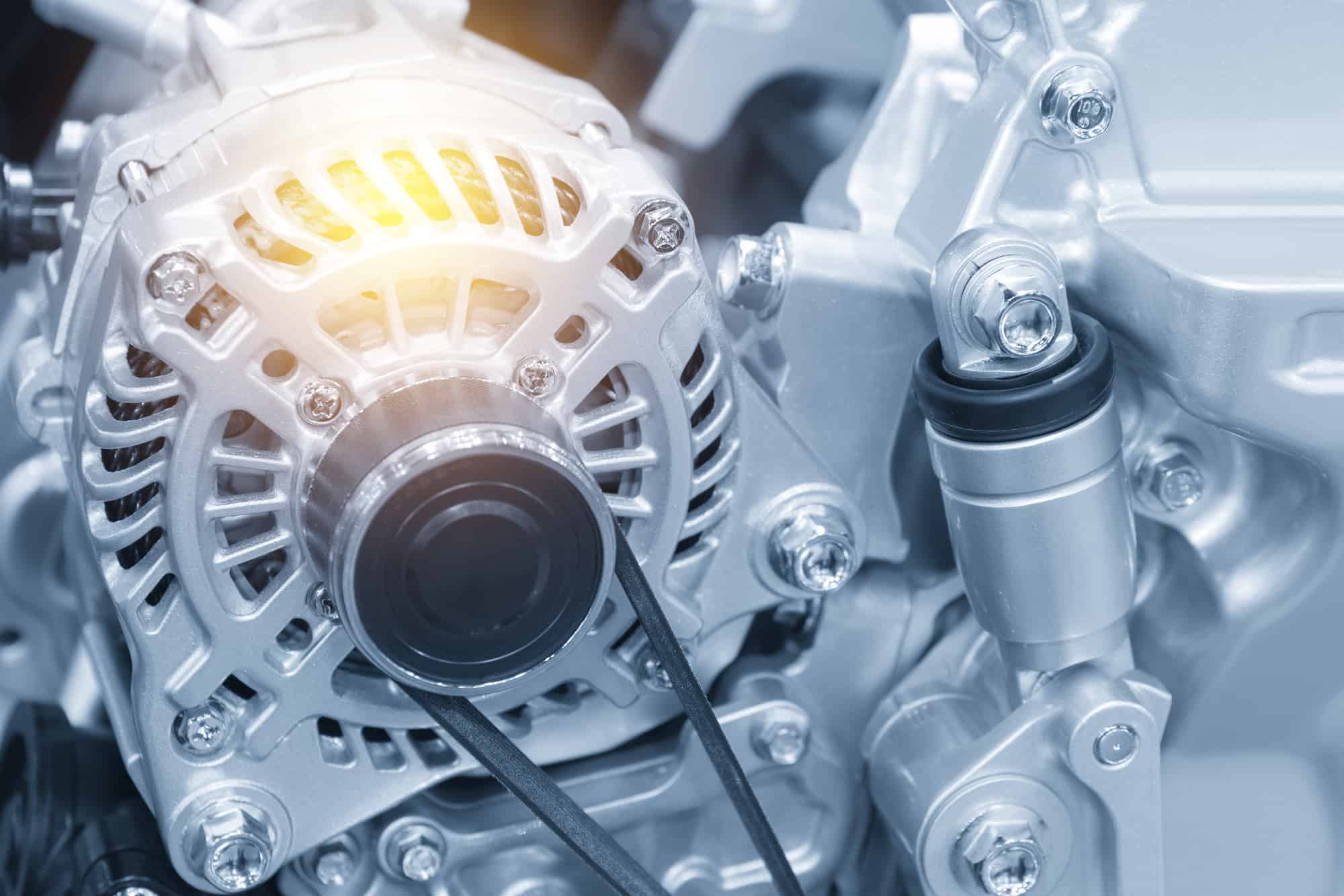If you’re in the market for a Tesla, you may have heard about the difference between single and dual motor models.
While both options offer impressive performance and technology, there are some key differences to consider before making a purchase.
In this article, we’ll take an in-depth look at dual motor Teslas and compare them to their single motor counterparts.
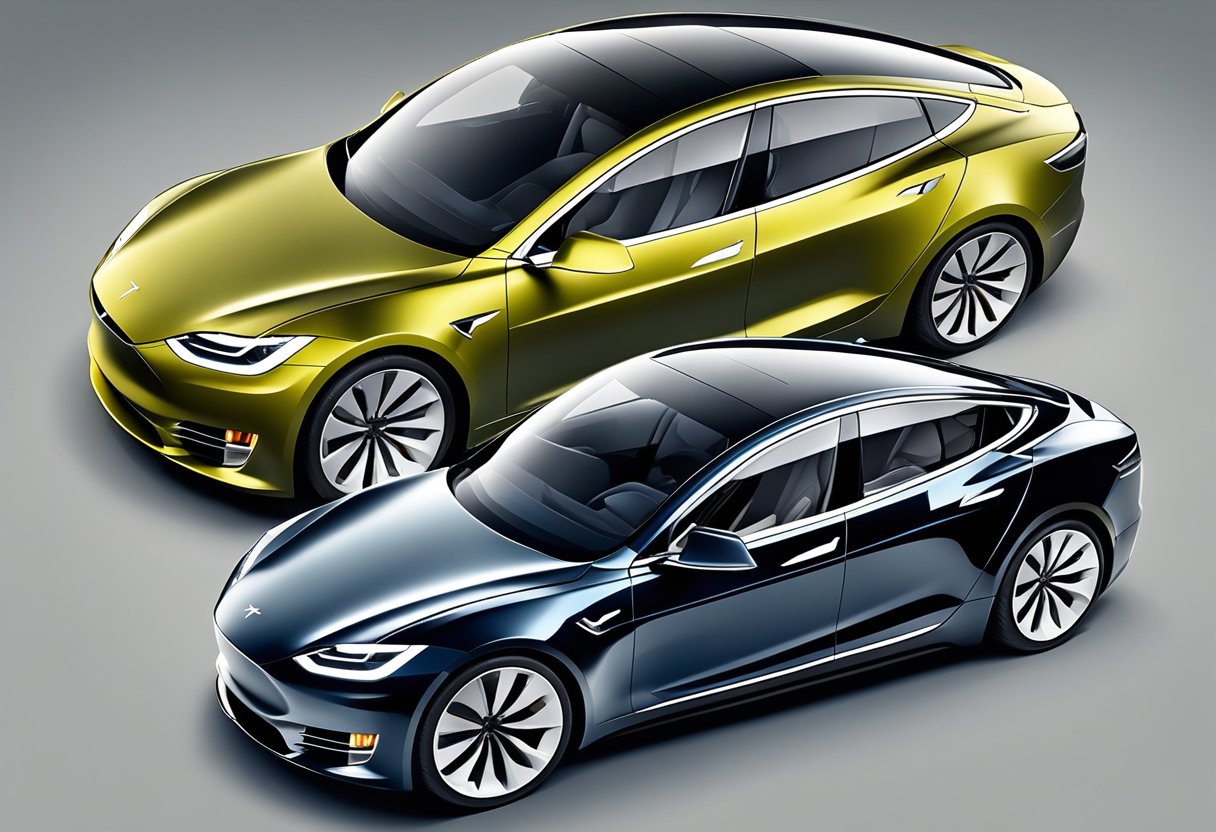
First, let’s define what we mean by “dual motor” and “single motor.” A dual motor Tesla has two electric motors, one powering the front wheels and one powering the rear wheels.
This setup allows for better traction and handling, as well as improved acceleration and efficiency.
On the other hand, a single motor Tesla has just one electric motor powering either the front or rear wheels.
So why might you choose a dual motor Tesla over a single motor model?
There are several advantages to consider, including increased performance, better handling in inclement weather, and improved range.
However, there are also some potential drawbacks, such as higher cost and slightly reduced efficiency.
In the following sections, we’ll explore these factors in more detail and help you determine which option is best for your needs.
Evolution of Tesla’s Dual Motor Technology
Historical Development
Tesla’s dual motor technology was first introduced in 2014 with the Model S and Model X.
The dual motor system consists of two electric motors, one powering the front wheels and the other powering the rear wheels.
This setup provides better traction and stability, especially in slippery conditions.
Initially, the dual motor option was only available on the high-end Model S and Model X models.
However, as Tesla continued to refine and improve its dual motor technology, it eventually became available on the more affordable Model 3 as well.
Performance Enhancements
One of the biggest advantages of Tesla’s dual motor technology is the improved performance it provides.
With two motors working together, acceleration and top speed are greatly improved.
The dual motor Model S, for example, can go from 0 to 60 mph in just 2.4 seconds, making it one of the fastest production cars in the world.
In addition to better performance, the dual motor system also improves handling and stability.
With torque being distributed to both the front and rear wheels, the car is less likely to lose traction and spin out.
Tesla has continued to improve its dual motor technology with each new model release.
The latest Model S and Model X, for example, feature a new “Raven” drivetrain that uses a more efficient motor design and improved cooling system to provide even better performance and range.
Overall, Tesla’s dual motor technology has come a long way since its introduction in 2014.
With improved performance, handling, and efficiency, it’s no wonder why many Tesla owners opt for the dual motor option.
Comparative Analysis: Dual Motor vs Single Motor
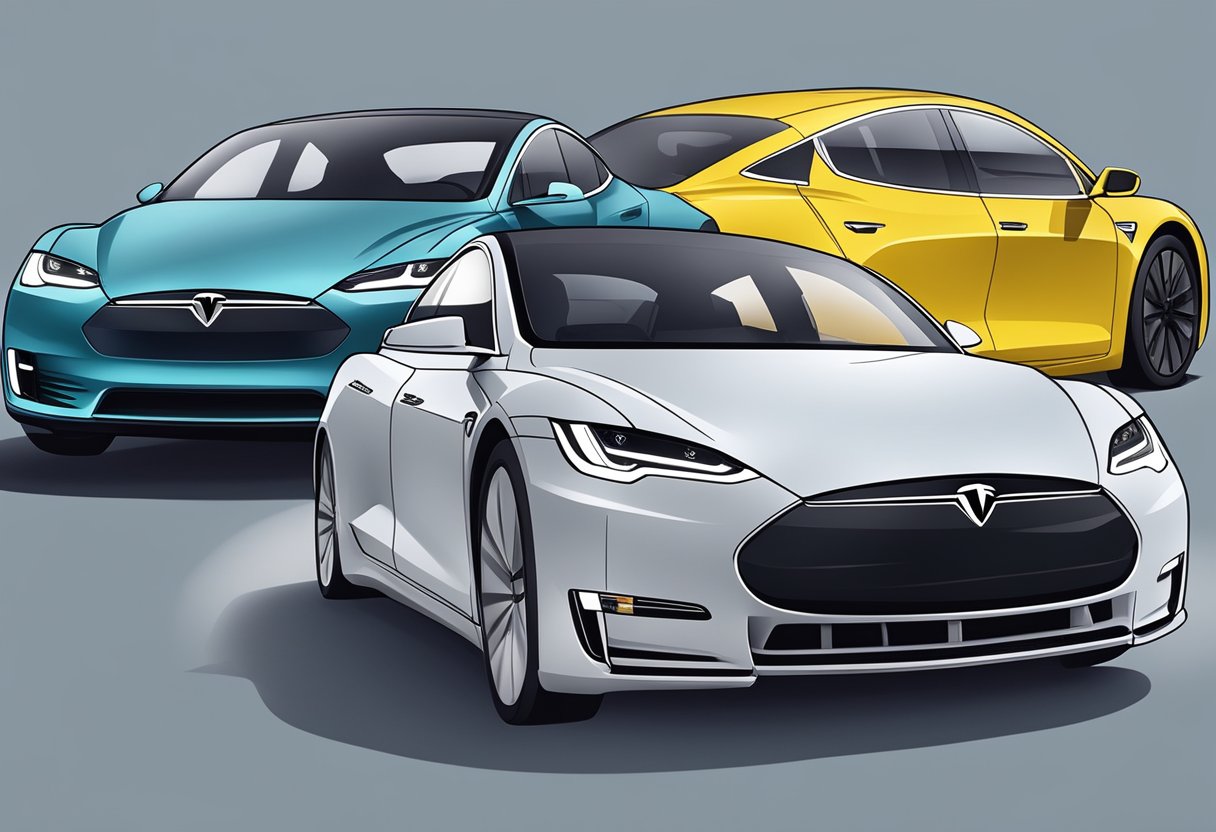
When it comes to Tesla vehicles, the choice between a dual motor and single motor model can be a tough decision.
Both options have their pros and cons, and it ultimately depends on your personal preferences and needs.
In this section, we will compare the two options in terms of acceleration and top speed, traction and handling, and energy efficiency and range.
Acceleration and Top Speed
One of the most significant differences between dual motor and single motor Teslas is their acceleration and top speed capabilities.
Dual motor models have better acceleration and top speed due to the additional electric motor.
For example, the Model S Long Range Dual Motor can go from 0 to 60 mph in just 3.1 seconds, while the Model S Long Range Single Motor takes 3.7 seconds.
However, it’s worth noting that single motor models are still fast and have impressive acceleration and top speed capabilities.
Traction and Handling
Another significant difference between dual motor and single motor Teslas is their traction and handling.
Dual motor models have better traction and handling due to the additional electric motor, which provides better control and stability.
This is especially noticeable in inclement weather conditions such as snow or rain.
Single motor models can still handle well, but they may not be as stable in certain situations.
Energy Efficiency and Range
Energy efficiency and range are also important factors to consider when comparing dual motor and single motor Teslas.
Dual motor models tend to have slightly lower energy efficiency and range due to the additional electric motor.
However, the difference is not significant, and both options still have impressive energy efficiency and range capabilities.
For example, the Model 3 Long Range Dual Motor has an estimated range of 360 miles, while the Model 3 Long Range Single Motor has an estimated range of 390 miles.
Consumer Considerations
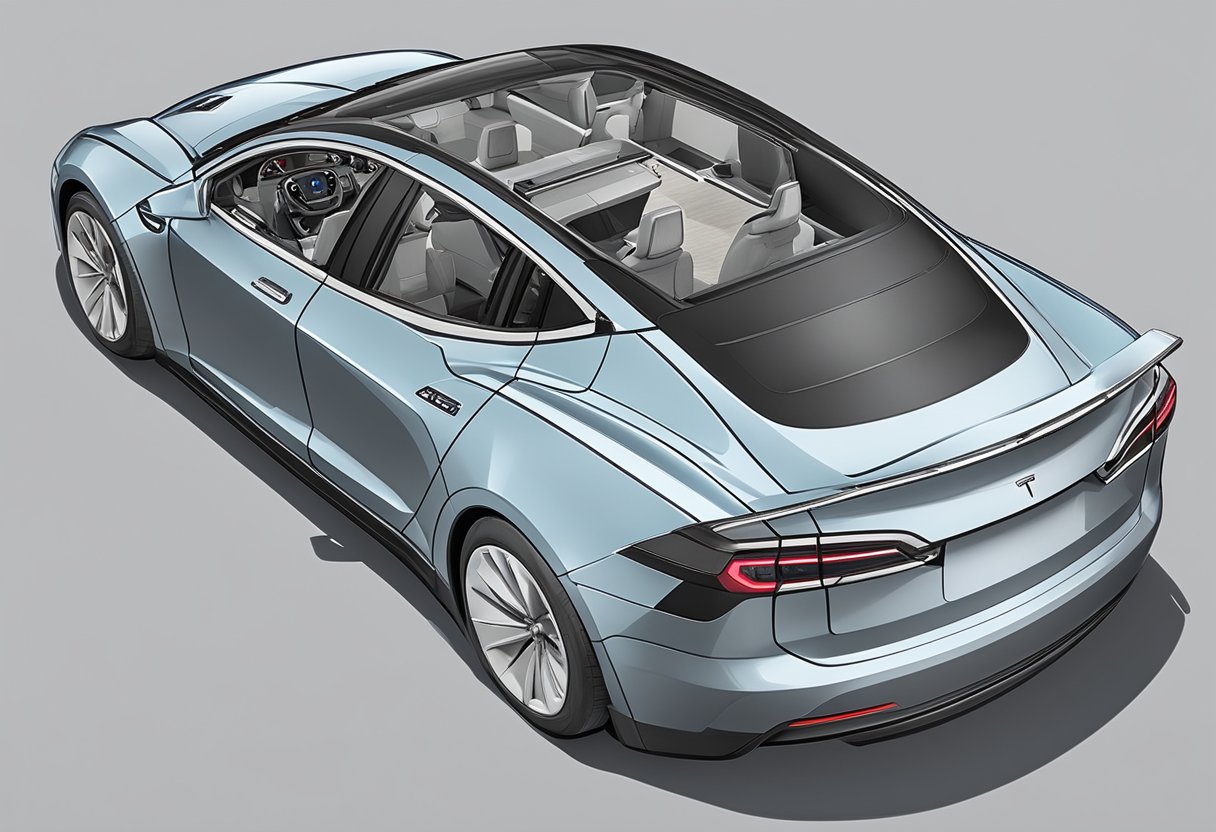
Price Differences
When it comes to purchasing a Tesla, one of the biggest considerations for consumers is often the price.
Dual motor models tend to be more expensive than their single motor counterparts, with the added cost coming from the extra motor and associated components.
This can be a significant factor for those on a budget or looking to save money.
However, it’s important to note that the price difference may be worth it for some consumers.
Dual motor models offer improved performance and handling, as well as better traction in certain weather conditions.
Additionally, they may have a higher resale value in the future.
Maintenance and Longevity
Another consideration for consumers is the maintenance and longevity of their Tesla.
Dual motor models may require slightly more maintenance than single motor models, as there are more components to maintain and potentially repair.
However, Tesla’s electric motors are known for their reliability and longevity, so the added maintenance may not be a significant concern.
When it comes to longevity, dual motor models may have an advantage.
The extra motor can help distribute wear and tear more evenly, potentially extending the lifespan of the vehicle.
The improved performance and handling of dual motor models may make them more enjoyable to drive, leading to increased satisfaction and a longer ownership period.
Overall, the decision between a dual motor and single motor Tesla will depend on a variety of factors, including price, performance, and personal preferences.
By considering these factors and weighing the pros and cons of each option, you can make an informed decision that meets your needs and fits your budget.
Model-Specific Comparisons
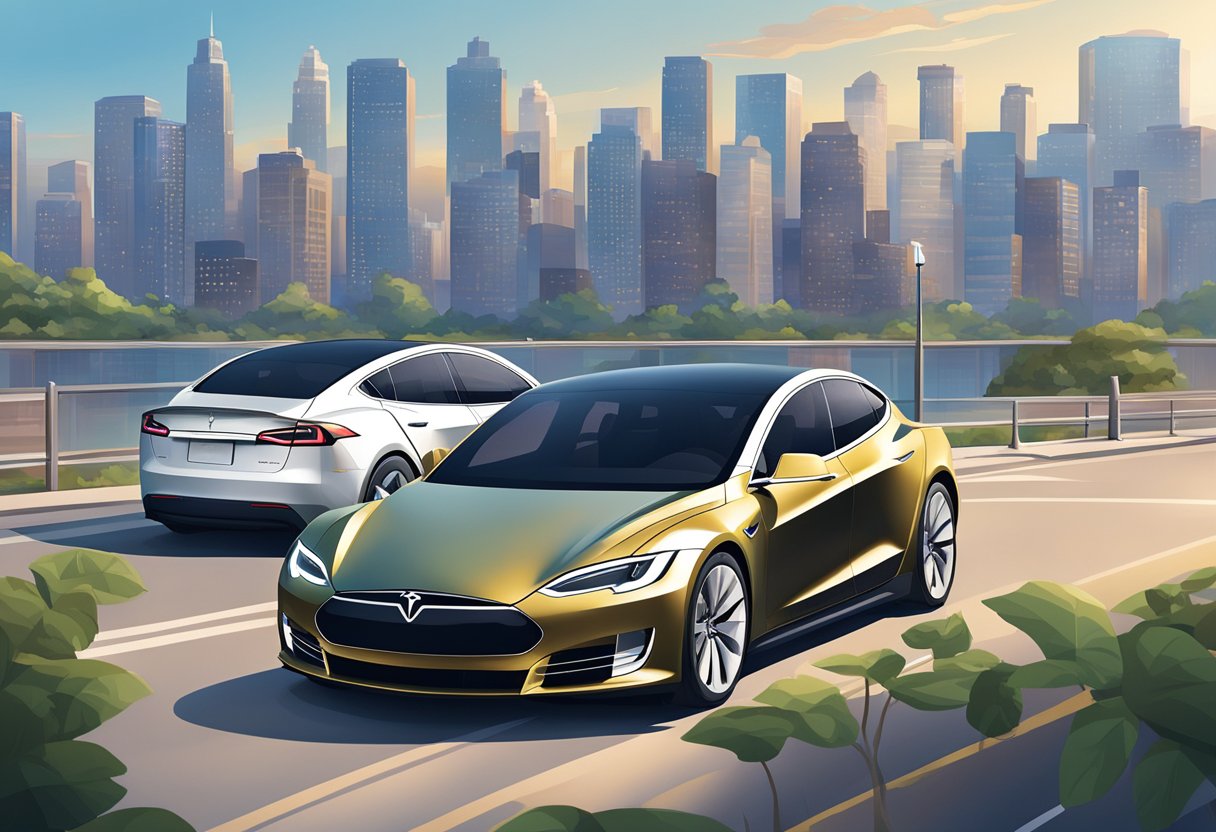
Model S Variants
When it comes to the Model S, Tesla offers both single motor and dual motor variants.
The single motor Model S is known for its impressive range, while the dual motor Model S is known for its improved performance and handling.
In terms of acceleration, the dual motor Model S can go from 0 to 60 miles per hour in just 2.4 seconds, while the single motor Model S has a 0 to 60 mph time of 3.7 seconds.
Additionally, the dual motor Model S has a higher top speed of 163 miles per hour, compared to the single motor Model S’s top speed of 155 miles per hour.
However, the single motor Model S has a longer range than the dual motor Model S. The single motor Model S can travel up to 402 miles on a single charge, while the dual motor Model S has a range of up to 387 miles.
Model 3 and Model Y Variants
The Model 3 and Model Y also come in both single motor and dual motor variants.
The dual motor variants of these models offer improved performance and handling, as well as all-wheel drive.
The dual motor Model 3 has a 0 to 60 mph time of 4.4 seconds, compared to the single motor Model 3’s time of 5.3 seconds.
The dual motor Model Y has a 0 to 60 mph time of 4.8 seconds, while the single motor Model Y has a 0 to 60 mph time of 5.3 seconds.
In terms of range, the dual motor Model 3 can travel up to 354 miles on a single charge, while the single motor Model 3 has a range of up to 263 miles.
The dual motor Model Y has a range of up to 326 miles, compared to the single motor Model Y’s range of up to 244 miles.
Overall, the dual motor variants of the Model S, Model 3, and Model Y offer improved performance and handling, but at the cost of slightly reduced range.
It ultimately comes down to personal preference and driving needs when deciding between single motor and dual motor Teslas.
The Future of Tesla’s Electric Motors
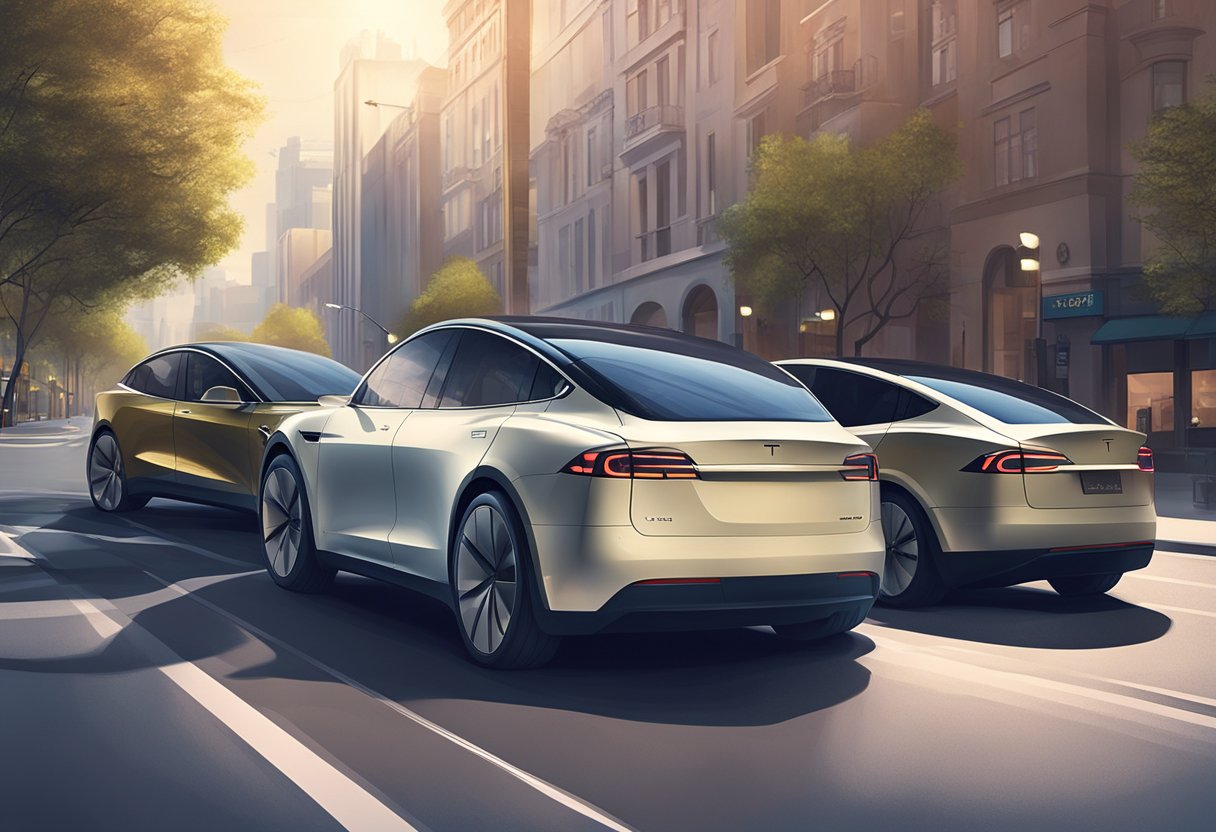
Innovation and Upcoming Models
Tesla’s electric motors have come a long way since the first Roadster was released in 2008.
With each new model, Tesla has continued to innovate and improve their electric motor technology.
The company’s latest models, the Model S Plaid and the Cybertruck, feature dual motors that provide improved performance and range.
Looking to the future, Tesla has several new models in the works that will continue to push the boundaries of electric motor technology.
The upcoming Model Y, for example, is expected to feature dual motors as standard, which will provide improved acceleration and handling.
In addition to the Model Y, Tesla is also working on a new electric semi-truck that will feature multiple electric motors.
This will allow the truck to carry heavy loads over long distances without sacrificing performance or range.
Tesla’s electric motors are also becoming more efficient, which will help to improve the range of their vehicles.
The company is working on new battery technology that will allow their cars to travel further on a single charge, and they are also exploring new ways to improve the efficiency of their electric motors.
Overall, the future of Tesla’s electric motors looks bright.
With continued innovation and new models on the horizon, Tesla is poised to remain at the forefront of electric vehicle technology for years to come.
As an Amazon Associate we earn from qualifying purchases.







